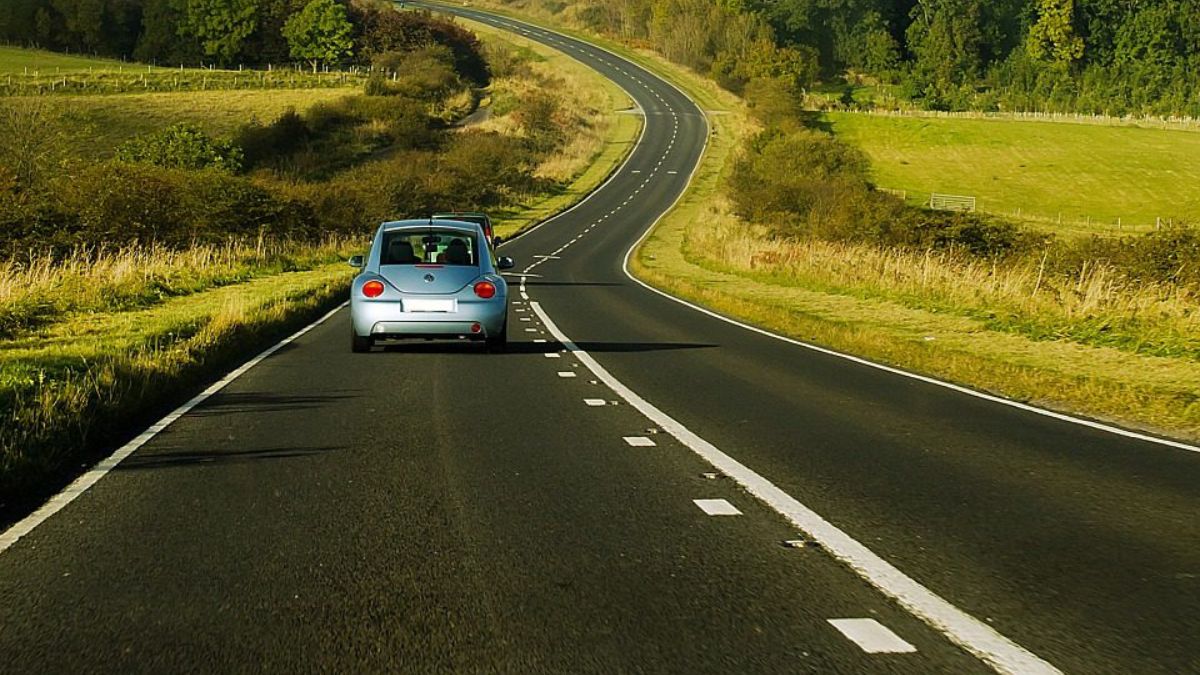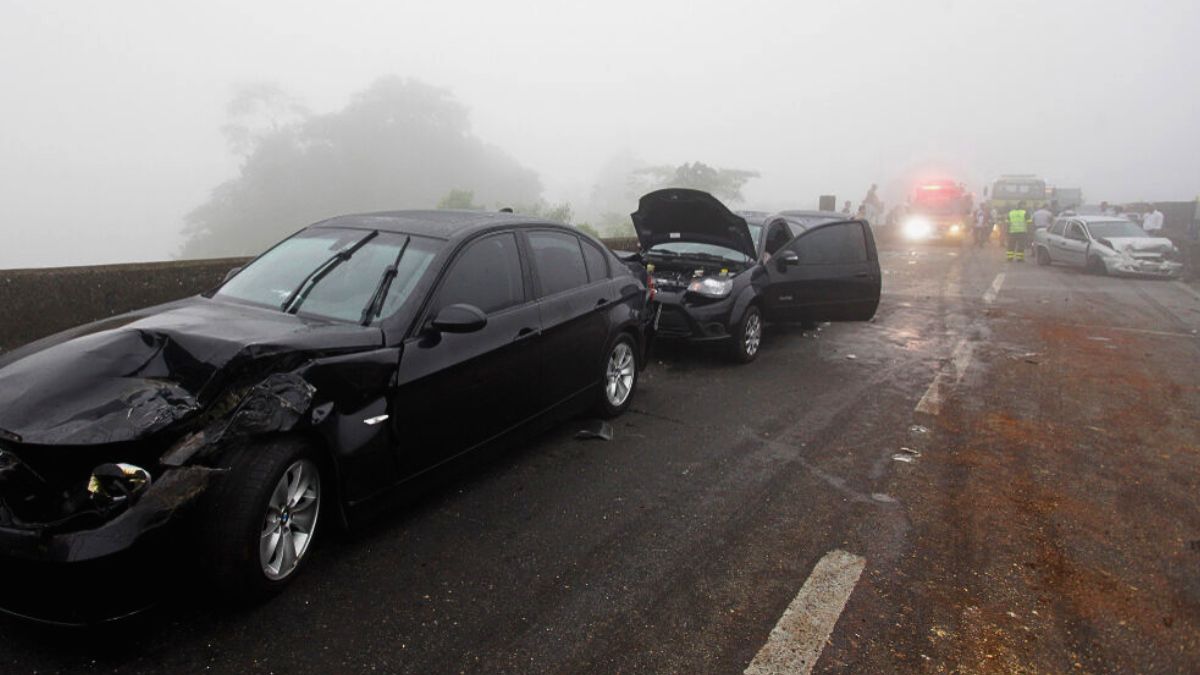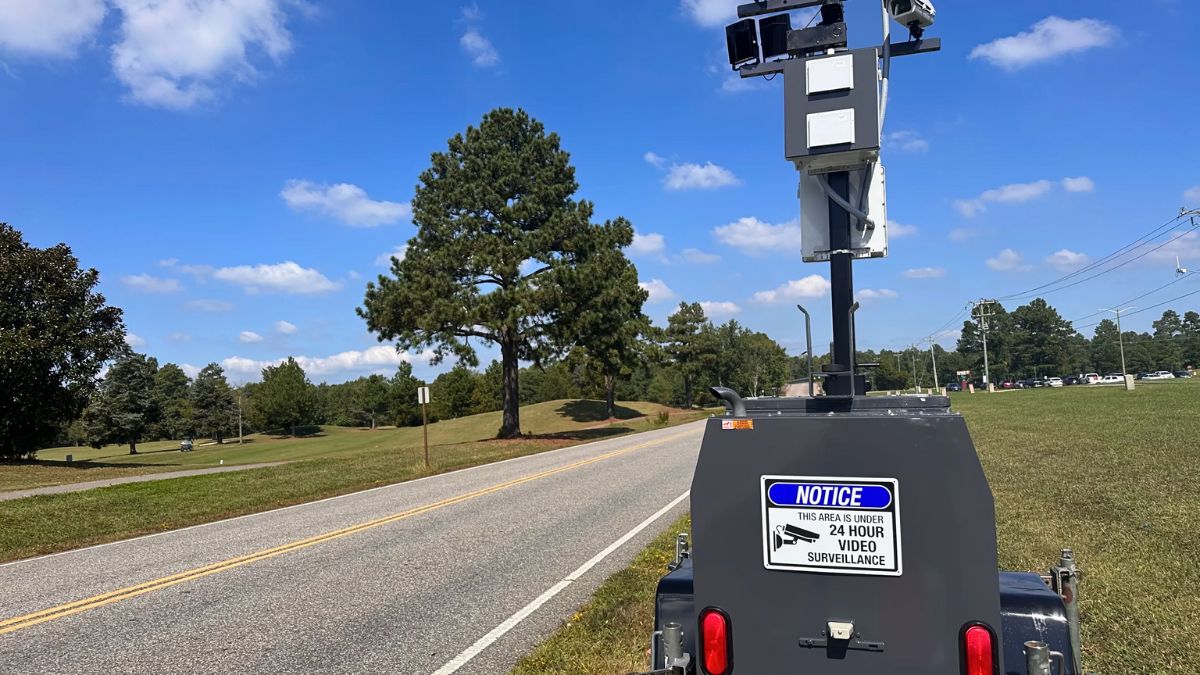Ever driven over a bridge and wondered, “How do they know this thing is still safe?” In Virginia, where thousands of bridges stretch across rivers, valleys, and highways, there’s a whole system in place making sure they’re safe to cross. And it’s more intense than you’d think. From routine checks to high-tech tools, bridge inspection in Virginia is a mix of old-school grit and cutting-edge science — all working quietly behind the scenes.
Inventory
Virginia is home to over 21,000 bridges and structures, managed mainly by the Virginia Department of Transportation (VDOT). That includes everything from small rural overpasses to massive interstates.
Every bridge that’s longer than 20 feet and carries public traffic is added to VDOT’s inventory system and inspected on a regular cycle.
Frequency
Bridges aren’t inspected just once and forgotten. In fact, federal law requires inspections at least every two years. In Virginia, most bridges are inspected on this same 24-month cycle. But if a bridge is found to have potential structural issues, it’s inspected more often — sometimes every 6 months.
Here’s how the frequency works:
| Bridge Condition | Inspection Frequency |
|---|---|
| Good/Fair | Every 24 months |
| Poor or Structurally Deficient | Every 12 or 6 months |
Methods
Bridge inspections aren’t just someone walking around with a flashlight. They include a combination of:
- Visual Inspections: Done by certified inspectors looking for cracks, rust, wear, or other visible damage.
- Ultrasonic Testing: Used to find internal flaws in steel or welds.
- Drones: Increasingly used for hard-to-reach spots, especially under high bridges.
- Underwater Inspections: For bridge piers and foundations in rivers and lakes.
- Load Ratings: Engineers analyze whether a bridge can still support traffic loads safely.
So, when you see a bucket truck hanging over a bridge or divers suiting up near a pier, that’s VDOT doing its job.
Maintenance
Inspection is just the first half — next comes maintenance. If an inspector finds issues, crews step in to fix them. Repairs can include sealing cracks, replacing steel components, resurfacing decks, or even reinforcing entire sections.
VDOT also does preventive maintenance, like cleaning out drains, sealing joints, and applying anti-corrosion treatments. Why? Because keeping a bridge in good shape costs far less than replacing one.
Funding
Most of the money for bridge upkeep in Virginia comes from a mix of state funds and federal grants under programs like the National Highway Performance Program. VDOT prioritizes repairs based on a bridge’s age, traffic volume, and condition rating.
Bridges that fall below a certain score are classified as “structurally deficient”, but that doesn’t mean they’re dangerous — it just means they need repairs to stay in top shape.
Future
Virginia is also exploring smart bridge tech, including sensors that monitor movement, vibrations, or stress in real time. These could help catch problems before they show up during inspections.
As infrastructure ages, inspections and tech upgrades will only become more important. It’s all about keeping people safe without disrupting traffic more than necessary.
So next time you’re driving across a bridge in Virginia, remember: there’s a whole team of inspectors, engineers, and crews making sure that crossing is safe, secure, and ready for tomorrow.
FAQs
How often are bridges inspected in Virginia?
Most are inspected every 24 months, more often if issues are found.
Who inspects bridges in Virginia?
VDOT-certified inspectors handle inspections using various methods.
Are drones used in bridge inspections?
Yes, drones are used to inspect hard-to-reach areas safely.
What happens if a bridge fails inspection?
Repairs or closures are scheduled depending on the severity.
Is a structurally deficient bridge unsafe?
Not necessarily—it means repairs are needed but it’s still monitored.

















